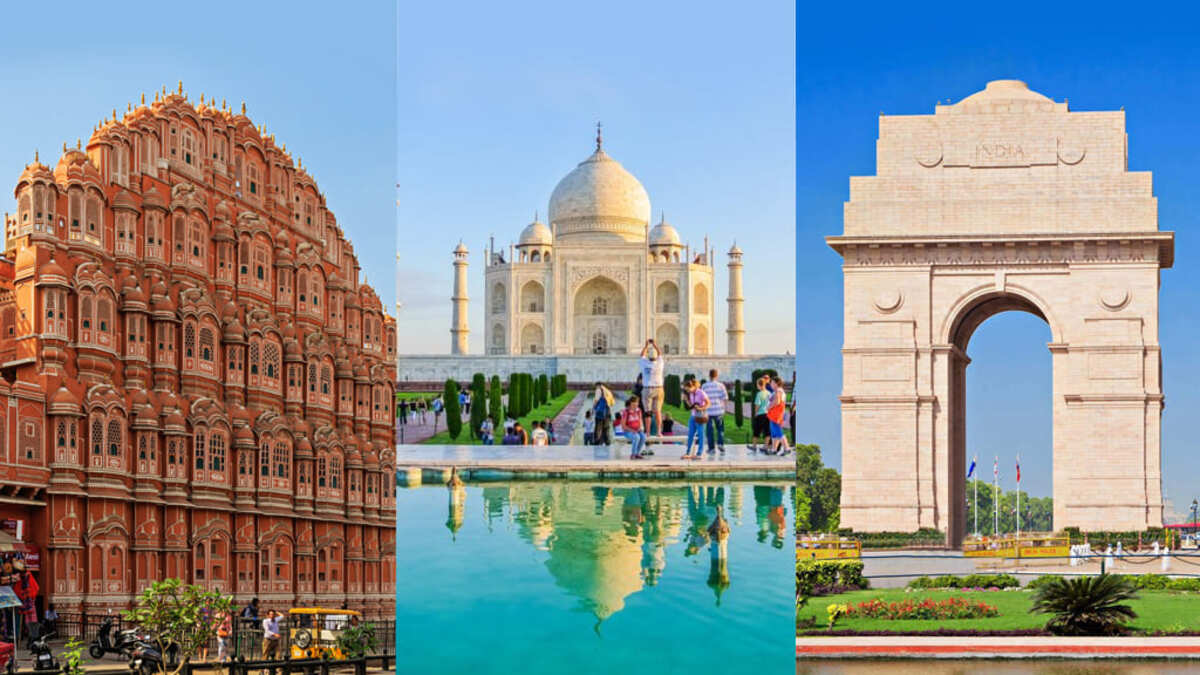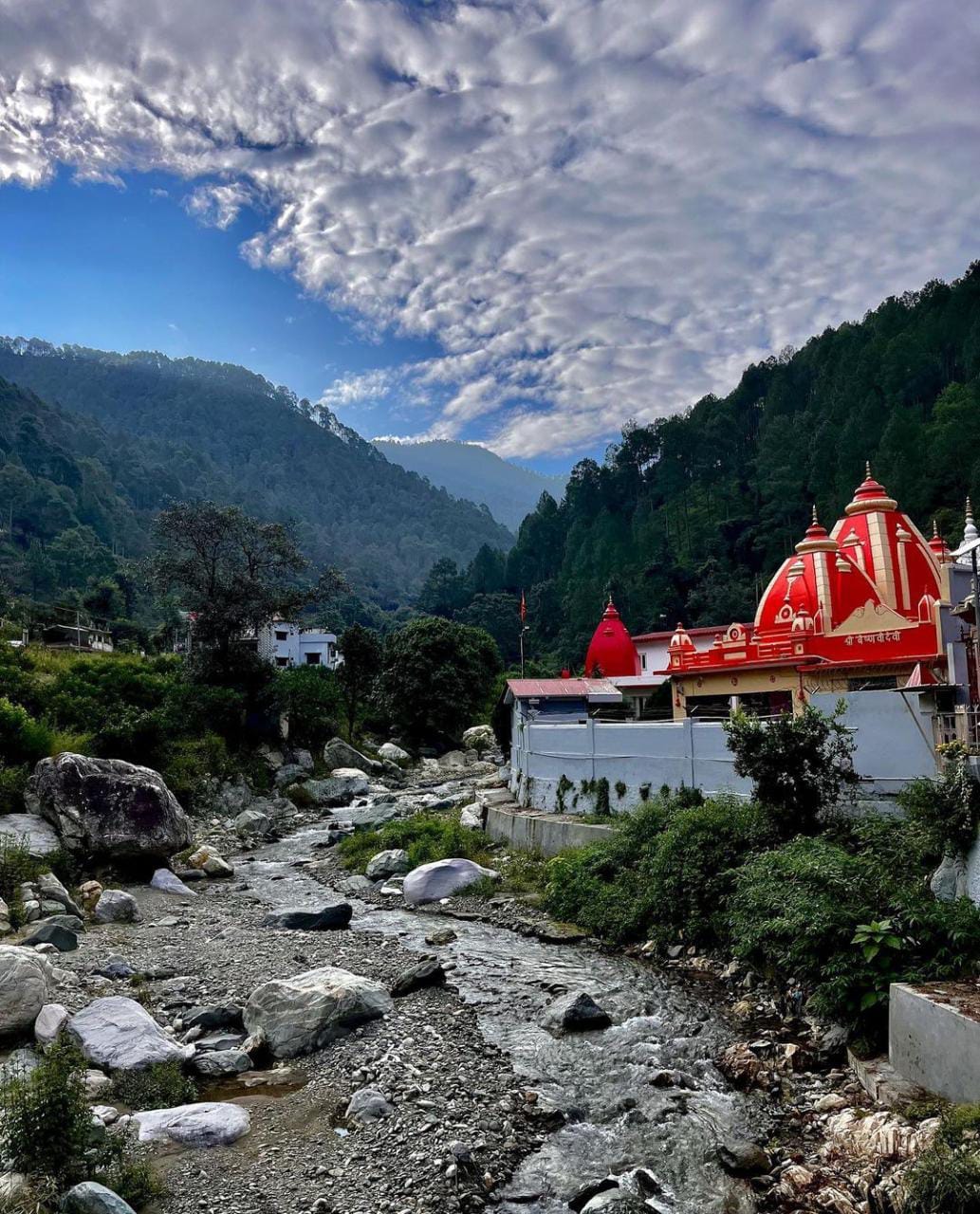Nathula Pass, located in the northeastern state of Sikkim, India, is one of the most iconic and strategically important mountain passes in the region. Nestled at an elevation of 14,140 feet (4,310 meters), it serves as a crucial link between India and China, and is an attraction for tourists, adventure seekers, and history lovers alike. The pass offers not only breathtaking views of the Himalayan range but also a unique opportunity to witness the border between India and China.
What is Nathula Pass?
Nathula Pass is a high-altitude mountain pass in the eastern Himalayas, sitting on the Indo-China border. It connects the Indian state of Sikkim with Tibet Autonomous Region of China. The name ‘Nathula’ comes from the Tibetan language, where “Nathu” means “listening ears” and “La” means “pass” or “mountain pass”. Historically, the pass was a part of the ancient Silk Route, a trade route that connected India with Central Asia, China, and Tibet.
In modern times, the Nathula Pass border remains one of the most important crossing points for trade between India and China, although its civilian traffic is limited to only specific conditions. The Indian Army also maintains a strong presence in the area due to its strategic significance.
The Beauty of Nathula Pass
The journey to Nathula Pass is nothing short of a scenic marvel. To reach the pass, visitors must drive through steep roads, winding up through the dense forests, past alpine meadows, and across the rugged terrains of the Himalayas. As you climb higher and higher, the landscape transforms, offering spectacular panoramic views of snow-capped mountains, gorges, and valleys.
One of the most notable features of Nathula Pass is its ever-changing weather. The region is known for its cold, often foggy conditions, and snowfall is common in the winter months. The weather can be unpredictable, and temperatures can drop significantly, so visitors are advised to be well-prepared with appropriate clothing.
The views of the surrounding mountains are simply mesmerizing. To the north, visitors can see the snow-covered peaks of the Himalayas, including Mount Kanchenjunga, which is the third-highest mountain in the world. The sight of the mountains rising majestically in the distance creates a sense of awe and reverence.
Nathula Pass Border: A Strategic Link
Nathula Pass holds a significant place in both the history and present-day relations between India and China. Before the 1962 Sino-Indian War, the pass was a thriving trade route between the two countries, facilitating the exchange of goods like wool, spices, and medicinal herbs. After the war, the pass was closed for civilian traffic and remained dormant for several decades.
In 2006, after years of negotiations, India and China agreed to open Nathula Pass as a trading point once again, albeit under strict conditions. This development has strengthened the strategic importance of Nathula Pass, not just as a trade route, but as a symbol of diplomatic cooperation between the two nations.
The border post at Nathula is a well-guarded area, and visitors are often allowed to visit the Indo-China border only during specific hours of the day. The Indian Army, along with the China People’s Liberation Army, maintains a presence at the pass, ensuring the security and smooth functioning of the border area. Despite its peaceful and diplomatic significance, Nathula Pass remains a reminder of the complex geopolitical relationship between India and China.
Visiting Nathula Pass: Things to Know
Visiting Nathula Pass is a unique experience, but it requires careful planning and preparation. Here are some key points to consider if you’re planning a trip to this stunning location.
1. Permits and Accessibility
As Nathula Pass is a sensitive border area, special permits are required to visit. Indian citizens need to obtain an Inner Line Permit (ILP) to travel to Nathula. These permits are typically issued through tour operators or through the Sikkim Tourism Department in Gangtok. Foreign nationals are not allowed to visit Nathula Pass without special permission from the government.
The pass is generally open to tourists from March to November, but it is important to check for any weather-related closures, as heavy snowfall can sometimes block access to the area during the winter months.
2. Best Time to Visit Nathula Pass
The best time to visit Nathula Pass is during the warmer months of the year, from March to November. During this period, the weather is more favorable, and tourists can enjoy clear skies and better visibility of the surrounding landscapes. The winter months from December to February bring heavy snowfall, and temperatures can dip as low as -10°C (14°F), making the journey more challenging.
3. Health and Safety
Due to the high altitude, it is crucial to be prepared for the effects of altitude sickness. Visitors should take precautions like staying hydrated, avoiding strenuous physical activities, and allowing the body time to acclimatize. The oxygen levels are lower at such altitudes, so it is advisable to consult a doctor before heading to Nathula, especially for those with pre-existing health conditions.
4. Clothing and Gear
The weather at Nathula Pass can be quite cold, even during summer, so it is important to dress warmly. Layering is key, and visitors should carry thermal wear, jackets, gloves, hats, and sturdy shoes. Snowfall can occur unexpectedly, so carrying a waterproof jacket and shoes is also recommended.
5. Travel Route and Accessibility
To reach Nathula Pass, travelers must first reach Gangtok, the capital of Sikkim. From Gangtok, the pass is located about 55 kilometers (34 miles) away. The drive to Nathula takes around 3-4 hours, depending on weather conditions. The roads are steep and winding, and sometimes, vehicles with higher ground clearance are recommended.
Tourists typically hire local taxis for the trip to Nathula, as these vehicles are accustomed to the terrain. It is also advisable to travel with an experienced guide, as the region can be tricky to navigate, especially during inclement weather.
Attractions Near Nathula Pass
Besides Nathula Pass Sikkim, there are several other attractions in the region that are worth exploring:
-
Tsongmo Lake (Changu Lake): Located about 40 kilometers from Gangtok, this stunning glacial lake sits at an altitude of 12,310 feet. It is known for its pristine beauty and is surrounded by snow-capped mountains.
-
Baba Harbhajan Singh Mandir: A temple dedicated to an Indian Army soldier, Baba Harbhajan Singh, who is said to have died in the region. The temple is believed to be blessed by Baba’s spirit, and it attracts both pilgrims and tourists.
-
Zuluk Village: A picturesque village famous for its panoramic views of the Eastern Himalayas and the famous “Old Silk Route” path.
Conclusion
Nathula Pass in Sikkim is a must-visit destination for those seeking adventure, peace, and an unforgettable experience. It offers a unique combination of natural beauty, historical significance, and a glimpse into the region’s political landscape. Whether you’re interested in trekking, history, or simply soaking in the views, Nathula Pass provides an unparalleled journey into the heart of the Himalayas. Make sure to plan your trip carefully, follow safety guidelines, and embrace the majestic surroundings of this high-altitude wonder.



